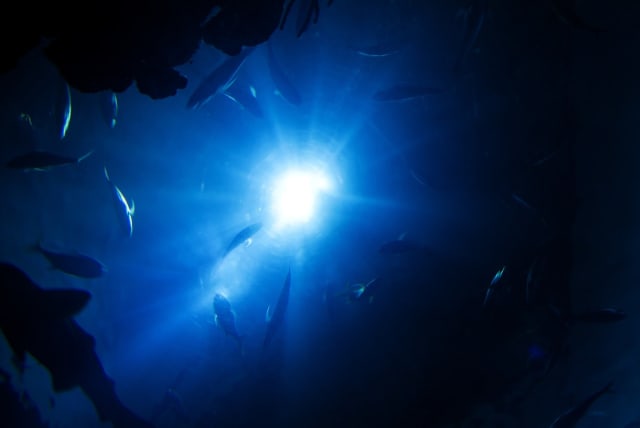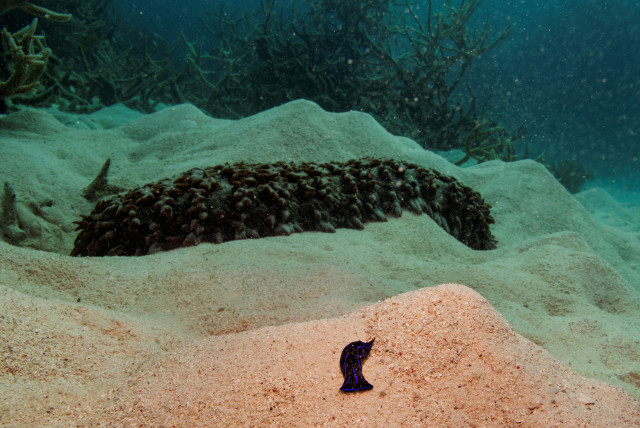Thousands of unknown sea creatures found in untouched area in Pacific

In the Clarion-Clipperton Zone, surveys until now only compiled lists with informal species names and very few formal species descriptions.
Over 5,000 previously unknown sea creatures, including sea sponges, worms and urchins, were discovered in a pristine, almost untouched area of the Pacific Ocean that might soon become the site of mineral mining operations.
Large-scale environmental surveys were previously conducted there from the late 1970s to early 1990s, but only compiled lists with informal species names and very few formal species descriptions.
Scientists now compiled these informal lists and published their results in a peer-reviewed study on May 25 in the journal Current Biology. According to their estimates, they found a total of 5,578 different species in the region, an estimated 88%–92% of which were described for the first time ever.
The region where all of the new species were discovered is called the Clarion-Clipperton Zone (CCZ), a 6 million sq. km. area roughly twice the size of India, lying between Hawaii, Kiribati, and Mexico in the central and eastern Pacific.
“We share this planet with all this amazing biodiversity, and we have a responsibility to understand it and protect it,” Muriel Rabone, a deep-sea ecologist at the Natural History Museum London, told the website Eurekalert.
Over 100,000 creatures were described
In the course of decades of exploration missions in the CCZ, over 100,000 creatures were recorded. The researchers found that only six of these had ever been seen in other regions, after combing through all the files. The most common species they found in the remote region were arthropods (invertebrates with segmented joints), worms, echinoderms (spiny invertebrates like sea urchins), and sponges.
“There are some just remarkable species down there. Some of the sponges look like classic bath sponges, and some look like vases. They’re just beautiful,” said Rabone of the CCZ samples. “One of my favorites is the glass sponges. They have these little spines, and under the microscope, they look like tiny chandeliers or little sculptures. There are so many wonderful species in the CCZ, and with the possibility of mining looming, it’s doubly important that we know more about these really understudied habitats.”
The rise in global demand for metals like cobalt and nickel has created unprecedented interest in deep-sea habitats which possess mineral resources. Exploration of the CCZ for minerals began in 1960, and today 1.2 million sq. km. are divided up and assigned to 17 companies for future deep-sea mining.
The scientists expect the overall number of species in the region to continue to climb, as vast areas of the CCZ still haven't been explored.
Jerusalem Post Store
`; document.getElementById("linkPremium").innerHTML = cont; var divWithLink = document.getElementById("premium-link"); if (divWithLink !== null && divWithLink !== 'undefined') { divWithLink.style.border = "solid 1px #cb0f3e"; divWithLink.style.textAlign = "center"; divWithLink.style.marginBottom = "15px"; divWithLink.style.marginTop = "15px"; divWithLink.style.width = "100%"; divWithLink.style.backgroundColor = "#122952"; divWithLink.style.color = "#ffffff"; divWithLink.style.lineHeight = "1.5"; } } (function (v, i) { });

